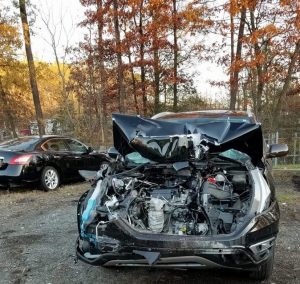Guy breaks into your house. You are terrified that harm will come to you, your spouse or your children. Yet something holds you back from taking decisive action to protect your family.. the threat of a civil lawsuit by the burglar.
Raise your hand if this has not happened to you on multiple occasions. (Last time, I put my gun away and sent my 12-year-old black belt son after the burglar so I could avoid the inevitable civil liability.)
To stop this insanity, House Delegate William J. Frank from Baltimore County introduced House Bill 207 to raise the negligence bar for people who use force against a home or office burglar to make them immune from civil liability unless they acted “with malice or gross negligence.”
Naturally, Maryland courts are clogged with frivolous lawsuits by personal injury lawyers representing criminals who were injured breaking into homes of the innocent. Just ask John H. Josselyn who is with the Associated Gun Clubs of Baltimore:
Far too many attorneys are willing to initiate a civil action on behalf of criminals who allege that the victim, who was acting legally in self-defense, did something that violated the rights of the attacker. Defending a civil action, even when it is a frivolous lawsuit, involves great expense.
Deconstructing This Nonsense
Let’s take a breath and break this quote down and get our arms around whether there is even a portion of it that is not demonstrably false on its face. Continue reading









